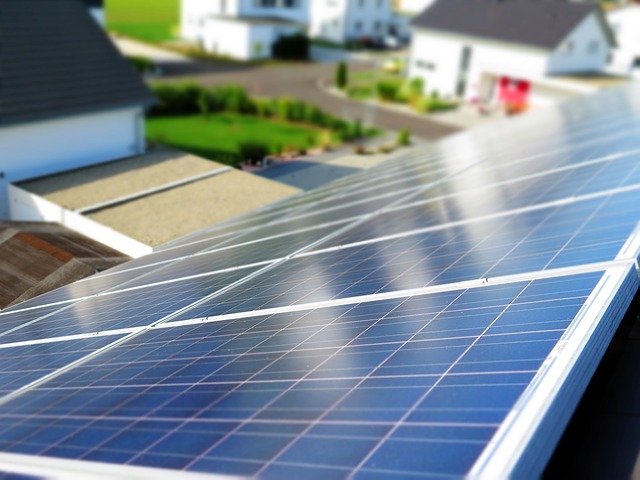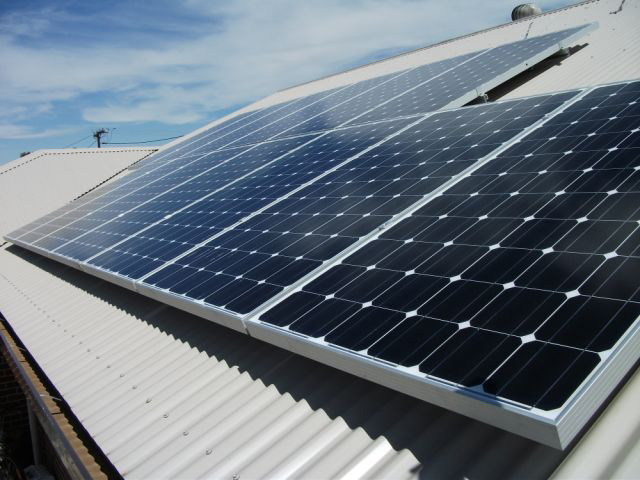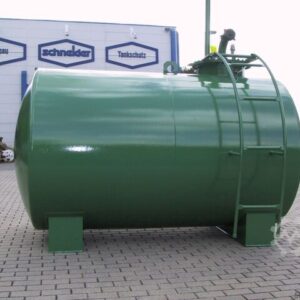In an era marked by increasing concerns over climate change and the environmental consequences of conventional energy sources, the search for sustainable and renewable energy alternatives has taken center stage. Among these alternatives, hydropower has emerged as a frontrunner due to its reliability, efficiency, and minimal environmental impact. This article delves into the pivotal role of hydropower in renewable energy generation, exploring its history, benefits, challenges, and promising future in the global pursuit of sustainable energy sources.
The Evolution of Hydropower
Hydropower, also known as hydroelectric power, harnesses the energy of flowing water to generate electricity. This ingenious concept traces its roots back to ancient civilizations, where water wheels were employed for various mechanical tasks. However, the true potential of hydropower was only realized with the advent of electricity generation in the late 19th century.
Historical Milestones
- 1882: The world’s first hydroelectric power plant was built in Appleton, Wisconsin, USA, by H.J. Rogers.
- 20th Century: Hydropower’s popularity surged, leading to the construction of colossal dams like the Hoover Dam in the United States and the Three Gorges Dam in China.
The Environmental Advantages of Hydropower
Clean and Renewable
One of the key advantages of hydropower is its environmental friendliness. Unlike fossil fuels, hydropower does not produce harmful emissions, making it a clean energy source. Additionally, it is entirely renewable since it relies on the natural water cycle.
Low Greenhouse Gas Emissions
Hydropower plants emit significantly fewer greenhouse gases compared to coal or natural gas power plants. This reduction in emissions contributes to mitigating climate change and reducing the overall carbon footprint.
Minimal Land Impact
While large dams can have an impact on local ecosystems and communities, they typically require less land than sprawling solar or wind farms. This land efficiency makes hydropower a viable option for regions with limited space for renewable energy infrastructure.
The Challenges of Hydropower
Despite its numerous advantages, hydropower faces several challenges that must be addressed to maximize its potential.
Environmental Impact
Large-scale dam construction can disrupt ecosystems, displace communities, and alter river flow patterns. Proper environmental impact assessments and mitigation measures are essential to minimize these effects.
Limited Geographic Applicability
Hydropower is highly dependent on the availability of suitable water sources, limiting its geographic applicability. Regions with scarce water resources may not fully harness its potential.
Aging Infrastructure
Many existing hydropower facilities are aging and require significant investments in maintenance and upgrades to ensure their continued efficiency and safety.

The Future of Hydropower
Despite the challenges, hydropower remains a critical component of the global renewable energy landscape. Innovations in technology are continually improving the efficiency and environmental impact of hydropower generation.
Small-Scale Hydropower
Advancements in small-scale hydropower technology make it possible to harness energy from smaller water sources, expanding its applicability to a broader range of regions.
Sustainable Hydropower Practices
The industry is adopting sustainable practices, such as fish-friendly turbines and improved fish migration pathways, to mitigate the environmental impact of dams.
Hydropower Storage
Hydropower can play a pivotal role in energy storage. Excess energy generated during periods of low demand can be used to pump water into reservoirs, which can be released to generate electricity during peak demand. Visit LiveEnhanced where you will find lots of useful tips and information about renewable energy.
Conclusion
In the quest for renewable and sustainable energy sources, hydropower stands as a beacon of hope. Its long history, minimal environmental impact, and potential for innovation make it an indispensable part of the renewable energy landscape. While challenges remain, the industry is actively working to address them and usher in a future where hydropower plays an even more significant role in meeting the world’s energy needs.





